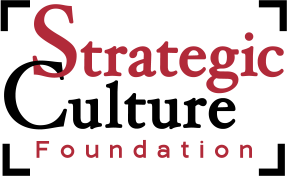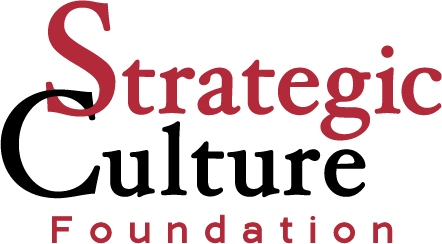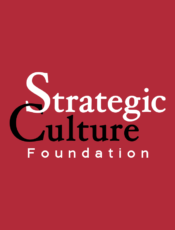By
Join us on Telegram![]() , Twitter
, Twitter![]() , and VK
, and VK![]() .
.
Contact us: info@strategic-culture.su
Declining vaccination levels have sparked a new outbreak of measles in the US. Lower vaccination rates, alongside climate change and globalization, have created a public health crisis that will continue to grow unless contained. Governments may not respond rapidly enough, but Americans must find a way forward if they are to prevent deadly global outbreaks in the future.
Measles infections in the US have reached a record 33-year high. Previously contained, measles is now infecting 42 states with more than 1,400 cases and counting. The reason is simple, infuriating and far too familiar: declining vaccination levels. That is just the beginning.
Around the world, a disturbing trend is unfolding. Seasonal viruses are behaving out of turn. The H3N2 flu virus is striking earlier and more forcefully in Indian and Australian metropolises. Respiratory syncytial virus (RSV) is experiencing surges outside of its typical seasons. At the same time, the slow creep of avian influenza has infected hundreds of bird and mammal species and could eventually reach the stage of continuous human transmission.
In India, the Nipah virus has reemerged, killing two in Kerala. Officials were quick to confirm additional cases, but fears continue to grow that a virus with a high death toll and no cure will spread again amongst the population.
This is not science fiction. It is an established, proven fact, driven by urbanization, deforestation and the climate crisis. Looming over all of this is the threat of antimicrobial resistance. A less flashy but potentially more terrifying threat. Infections that once responded to basic antibiotics now resist them. We are headed into a post-antibiotic world and most governments are still treating it as a theory.
The forces that spread disease
Vaccine hesitancy is no longer on the margins: it is a public health emergency. Driven by misinformation and politicization, the US is now on the brink of vaccination rates being below the threshold necessary for herd immunity. Politicians, including those who hold positions in the national office, systematically undermine mandatory childhood vaccinations. We are witnessing the live demolition of medical progress over the decades.
Climate change is also redrawing the disease map. Longer winters allow ticks and mosquitoes to survive longer, increasing the spread of Lyme disease, dengue fever and malaria. Even other diseases extend into wider latitudes. Floods, droughts and the extension of wildlife are pushing humans into new forms of viral contact. Diseases that were once “tropical” are becoming global.
Globalization has accelerated the spread of disease even further. Air travel spreads infections faster than our health system can keep up. This has caused the world to become smaller and less prepared to handle this kind of rapid spread.
Disease is on the rise, and not just a new disease. Old and familiar scourges are finding new means of survival in a world that is becoming increasingly unable to defend itself. The question is not whether the disease will continue to rise. It already is. The question is: Will we make our response rapid enough to adapt?
To date, the indicators aren’t auspicious. They might become so if we behave as though it makes a difference.
The future of public health
We already have the answers to prevent many of these crises, or at least manage them.
Vaccines are effective. Public health messaging is effective. Global surveillance connecting countries and species — what scientists call the “One Health” approach is effective. But too frequently, these solutions are underfunded, politically sabotaged or simply ignored until it is too late.
The return of measles to America should be a wake-up call. Not only because of what it is but because of what it implies. If we can not manage a disease we had previously contained, how can we possibly manage the next Nipah virus, the next COVID-19 or the next drug-resistant supervirus?
The 20th century gave us miracles: antibiotics, vaccines, sanitation and disease surveillance on a worldwide scale. The 21st century will test whether or not we can maintain them.
Original article: www.fairobserver.com








